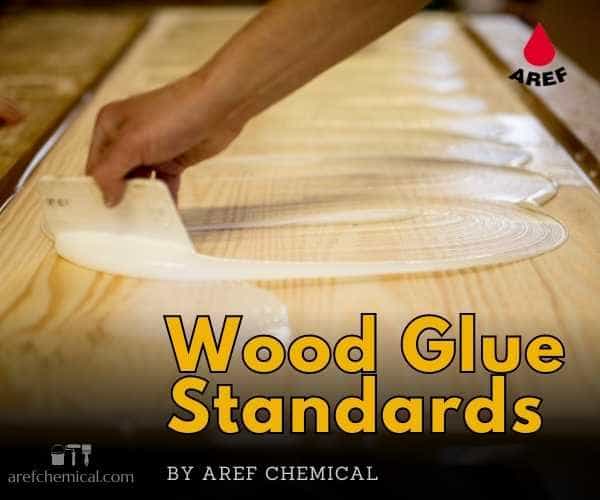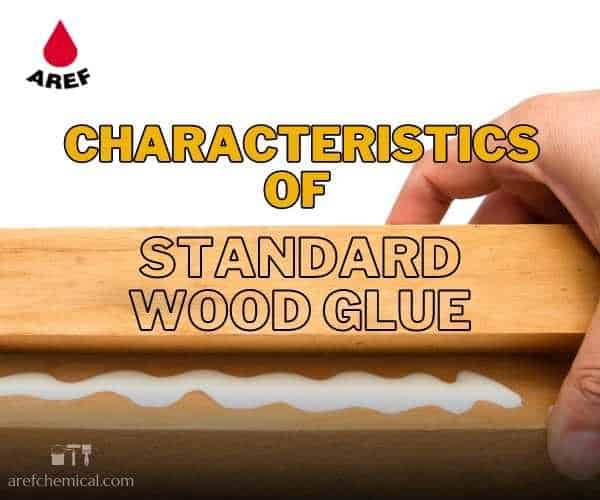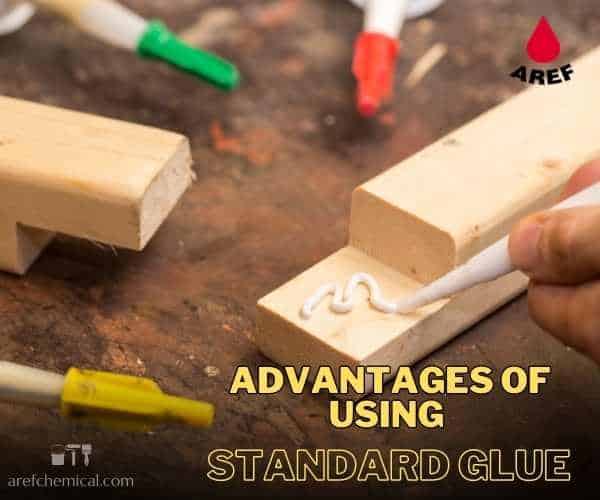What are the wood glue standards?
Wood glue standards refer to specific requirements and guidelines that wood glue products must meet to ensure their quality and performance. These standards are created by various organizations and regulatory bodies such as the American National Standards Institute (ANSI) and the International Organization for Standardization (ISO).
Wood adhesive standards usually cover aspects such as adhesive strength, drying time, water resistance, and durability. They provide manufacturers with a set of criteria to follow when formulating and testing their wood glue products. Adherence to these standards helps to ensure that the adhesive adheres to wood effectively and withstands various environmental conditions.
Different types of wood glue may have different standards depending on their intended use. For example, there may be specific standards for interior wood adhesives, exterior wood adhesives, or specialty adhesives for specific applications such as veneers or laminates.
It is important to note that wood glue standards can vary between countries and regions. Therefore, it’s always a good idea to check the specific standards for your location or consult with a knowledgeable professional when choosing wood glue for your project.
The purpose of developing the wood glue standards
The purpose of setting adhesive standards, including wood adhesive standards, is to ensure that adhesive products meet certain quality and performance criteria. These standards help manufacturers, consumers, and regulatory bodies develop a common understanding of adhesive properties, such as strength, durability, and safety.
By adhering to these standards, manufacturers can produce reliable and consistent products, consumers can make informed purchasing decisions, and regulatory bodies can enforce quality control measures.
Determining standard properties for wood glue is important for several reasons:
Quality control: A standard for wood glue ensures that the product meets certain quality requirements and can help improve the quality of work and projects.
Safety: A standard for wood glue can ensure that the product is safe to use and does not contain any harmful chemicals that pose a risk to the user or the environment.
Compatibility: Wood glue standards can assure the consumer that the product is compatible with different types of wood and other materials. That is, it can help to improve the adaptability of the adhesive, and at the same time, it does not cause chemical changes at the place of use.
The Classification of wood glues according to the standard
Wood adhesives can be classified according to different standards, such as the American National Standards Institute (ANSI) and the International Organization for Standardization (ISO). These standards typically classify wood adhesives based on their performance, such as bond strength, water resistance, and heat resistance.
For example, according to the rules of the American National Standards Institute, ANSI/HPVA Type I wood adhesives are suitable for interior use and require less bond strength. While ANSI/HPVA type II wood adhesives are used for exterior building use and require more bond strength.
According to the ISO standard, ISO 204 wood adhesives are classified based on water resistance, with class D1 having the lowest level of water resistance and class D4 having the highest level.
These classifications help consumers and manufacturers to choose the right wood glue for their specific needs.
Appearance characteristics of standard wood glue
Standard wood glue should have a smooth and uniform texture in terms of appearance. Also, these types of adhesives must be free of any lumps, masses, or impurities. The color of wood glue can also vary, but it is usually milky white, light yellow, or amber.
Additionally, standard wood glue should have a moderate viscosity, meaning it should not be too thick or too thin. These appearance characteristics ensure that the wood glue is of high quality and suitable for the intended use in woodworking projects.
Standard packaging of wood glue
The standard packaging of wood glue can be different depending on the specific product and brand. However, it is common for wood glues to be packaged in plastic or metal containers with screw-top or screw-top lids.
Package sizes can also vary, with smaller sizes typically ranging from 4 ounces to 8 ounces, and larger sizes ranging from 16 ounces to 32 ounces or more.
Some wood glues are also available in compressed bottles or syringes for easier application. The packaging usually includes information such as the brand name, product name, instructions for use, and any precautions.
Examples of standard glue applications
Here are some examples of standard wood glue applications:
1. Sticking pieces of wood together:
Wood glue is commonly used to stick different pieces of wood together, whether it’s for furniture, cabinetry, or woodworking projects.
2. Veneer:
Wood glue is often used in the veneer process, which involves applying a thin layer of wood to a substrate. The adhesive helps secure the coating in place and creates a strong bond.
3. Laminate:
Wood glue is also used in laminate applications, where multiple layers of wood are bonded together to create a stronger and more stable structure. This is usually seen in the production of plywood or laminated beams.
4. Edging:
Wood glue is often used in edging applications, where a thin strip of wood is applied to the edges of a larger piece of wood to create a finished look. The adhesive helps secure the edge tape in place, ensuring a seamless appearance.
These are just a few examples of how wood glue is commonly used in various woodworking applications.
Advantages of using standard glue
Standard wood glue, which is mostly made of polyvinyl acetate (PVA) glue, has several advantages over other types of wood glue. These benefits include:
Longer working time: Standard glue has a longer working time of about 30 minutes, which allows you more time to make adjustments before the glue dries.
Strong adhesion: Standard wood glue creates a very strong bond between wood pieces, which can help improve the quality of the work and make the project last longer.
Water resistant: Some standard adhesives are water resistant and can be used outdoors or in wet environments.
Versatile: Standard wood glue can be used on a variety of porous surfaces including wood, fabric, and paper.
In general, standard glue is much more reliable and, while being easy to use, can give you peace of mind in terms of durability and quality for years to come.
The wood glue produced by Aref chemical company is produced using the latest methods in the world. These adhesives are available in four brands: Aref, Tooti, Cheeta, and Momtaz. Cheetah super glue and premium wood glue brands have the national standard mark of Iran and can compete with the most famous Foreign brands in terms of quality.
For more information and free consultation, just contact us. Our colleagues will answer you as soon as possible. Also, follow us on social networks Instagram and Twitter and get informed about our latest news and festivals.







14 Responses
Good job👍
Thanks
Do you have standard wood glue in your products?
Yes. We sent our products brochure for you
good job. Do you have standard wood glue?
Yes. we send you an email. please check
wood glue standards. gooood
Do you have standard wood glue with a good price? I live in Iraq
sure. we sent you an email. check please
[…] wood glue: This type is the strongest type of wood adhesive and is suitable for connecting wooden parts exposed to pressure, impact, and uneven […]
Very good article about wood glue standards, thank you
Great thank you
https://qomtamirat.com/
so good thanks
https://behdama.com/%d9%85%d9%86%d8%a8%d8%b9-%d8%a7%d8%b3%d9%be%db%8c%d8%b1%d8%a7%d9%84-%da%86%db%8c%d8%b3%d8%aa/
🤩🤩🤩🤩🤩🤩https://arefchemical.ir/%D9%BE%D9%84%DB%8C-%D8%A7%D9%88%D8%B1%D8%AA%D8%A7%D9%86/